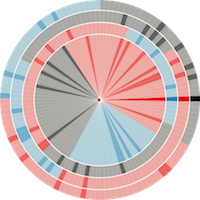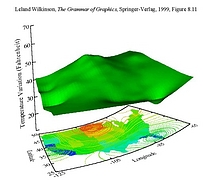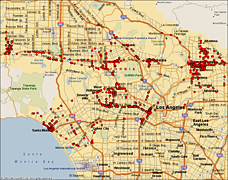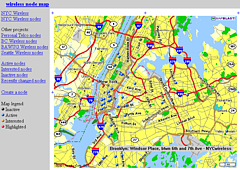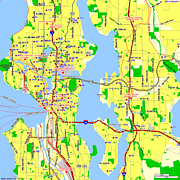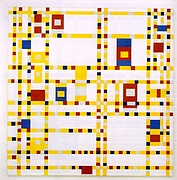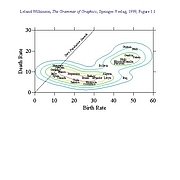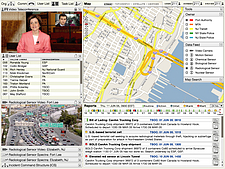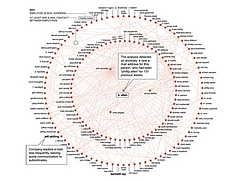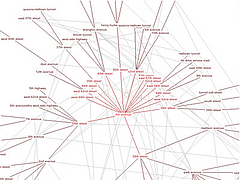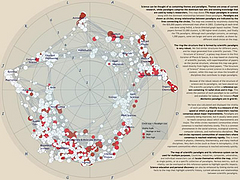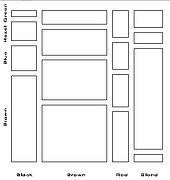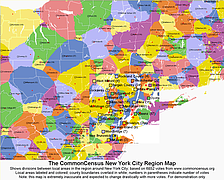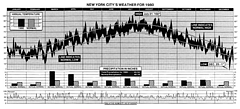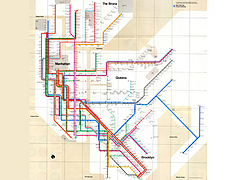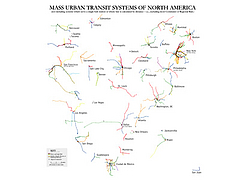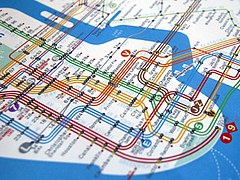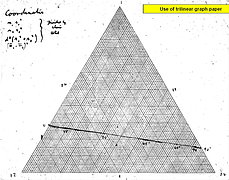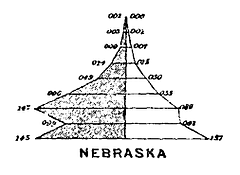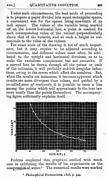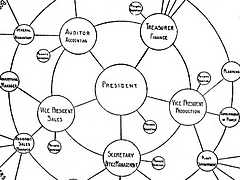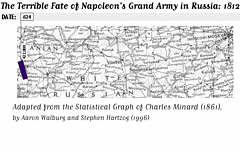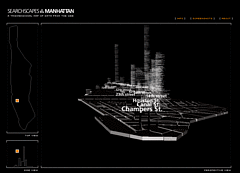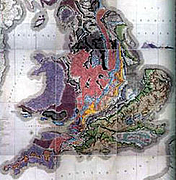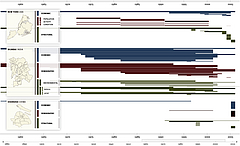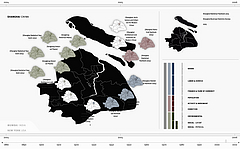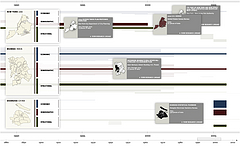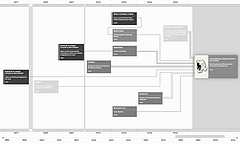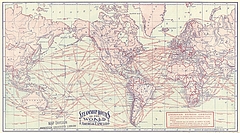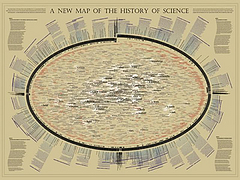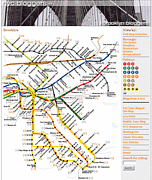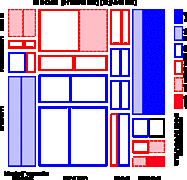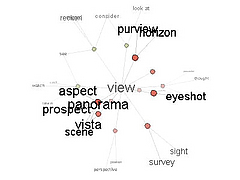Found 41 results for "New York":
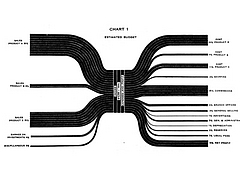 784 784 | 1940 computer graphics by (unknown) A graph of a Budget prepared on a Cosmograph. Source: H. Arkin., Graphs: How to make and use them (Harper & Brothers Publishers, New York, ed. Revised, 1940). |
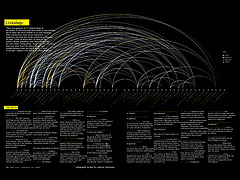 1010 1010 | 2006 computer graphics by Ben Fry As part of its 2006 February 20 Issue, dedicated to "The Blog Establishment", New York Magazine commissioned Ben Fry to map the connections between the most-linked-to 50 blogs, using data from Technorati. Each arrow represents a hypertext link that was made sometime in the previous 90 days. The Blogosphere encompasses a vast communication network of interconnected individuals (bloggers) who are linked by shared interests and patterned flows of information. Links between blogs (blogrolling) represent recognition votes in an endless global popularity poll. Some top-50 sites don't have any links from the others shown here, mainly because they are from countries other then the USA, such as Japan, China, Spain or Germany; and therefore, they have a tendency to remain within their immediate linguistic/cultural community. On the top 3 popularity list is Boing Boing, Engadget and PostSecret. For an updated listing on Technorati click here. |
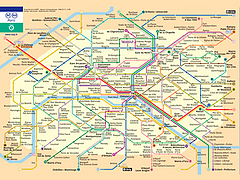 965 965 | 2003 computer graphics by bdcconseil The Paris Metro was originally known as the "Chemin de Fer Metropolitain" ("Metropolitan railway"), then "Metropolitain," quickly abbreviated to "Metro". Inaugurated in 1900, it is one of the oldest subway systems in the world, and the second biggest in number of stations, right next to New York City. The system consists of 16 lines, identified by numbers from 1 to 14, with two minor lines 3bis and 7bis, numbered thus because they are branch lines split off from their respective original lines. The Paris Metro network has 221.6 km (137.7 miles) of track and 380 stations (87 offering connection between lines). Most of the network was built from 1900 to 1939. After the war, most extension focused on the RER, a metropolitan express subway system. The images shown here are representative of the latest re-design of the Metro map, produced by the design agency bdcconseil (http://www.bdcconseil.com) in 2003. Click here to see the Paris metro network pictured at a geographically accurate scale. |
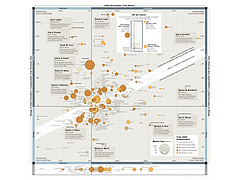 1035 1035 | 2006 computer graphics by Tommy McCall Part of a series of Executive Compensation Tables by The New York Times, this impressive chart produced by Tommy McCall, titled "Pay for Performance? Sometimes, but Not Always", shows how chief executive pay changed against the shareholder return. At many companies, changes in chief executives' pay roughly corresponded with changes in their shareholders' total return in the year 2005. Several exceptions were in favor of shareholders, but most of the outliers favored CEO's. Part of the same series is an Interactive Graphic showing Executive pay statistics for 2005. Source: Pearl Meyer & Partners. |
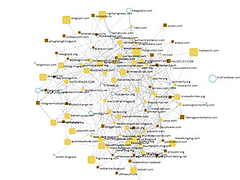 875 875 | 2004 computer graphics by Jodi Dean, Zachary Devereaux and The Govcom.org Foundation, an Amsterdam-based organization dedicated to creating and hosting political tools on the Web, and its collaborators have developed a software tool that locates and visualizes networks on the Web. The Issue Crawler, at http://issuecrawler.net, is used by NGOs and other researchers to answer questions about specific networks and effective networking more generally. One may also do in-depth research with the software. This image represents the entangled network of the most popular political blogs on the net. The graph build with Issue Crawler was produced by John Hawkin for issuenetwork.org (the workshop site by the Govcom.org Foundation), using a list available at rightwingnews.com that can be seen here. Source: News about Networks, workshop by the Govcom.org Foundation, de Balie Center for Culture and Politics, Amsterdam, 21-24 June 2004, with support from the Ford Foundation, New York, (http://www.issuenetwork.org/node.php?id=47). |
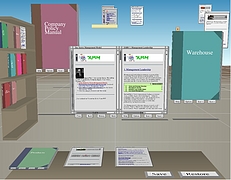 443 443 | 1996 computer graphics by Stuart Card, George Robertson and William York, at Xerox Palo Alto Research Center This is a 3D information workspace for interacting with the Web. It was a prototype. |
